

If it attracts shoppers from Akihabara electric town, Ameyoko shopping arcade and Jewelry town Okachimachi, it would create a fresh flow of people between Okachimachi and Akihabara Station. And this arcade is also adjacent to Asakusa, Kuramae and Bakurou-Cho where skilled and young craftsmen open their workshops. It holds advantageous location in terms of tying up with the craftsmen in those areas in future.
The stalls in the arcade are dealing handicrafts related with food, clothing and housing such as dyed textile/clothes, wood and metal works, leather goods, ornaments, stationery goods, toys and so on. Most of the stalls are provided with workshop.
They are promoting the sales of their handicrafts by demonstration of craftwork and also through face to face dialogue with their clients. They are trying to explain about their craftwork by emphasizing handmade warmth, tenderness and soothing which are hardly created in machine-made mass production. Some of the shopsperiodically impart a hands-on class for clients to understand their handicrafts.
“2k540-AKI-OKA ARTISAN” also have a common event space in the arcade on the side of Akihabara Station, where other craftsmen other than the existing tenants are able to promote the sales of their handicrafts.The activities of young craftsmen in the arcade are showing a trend like “Arts and Crafts Movement” in the 19th centuries in Europe.
“2k540-AKI-OKA ARTISAN” Arcade is a village of aggressive young craftsmen who are creating their craftworks in response to changes of clients’ taste and preference.They are frontiers to develop up a new field of Japanese handcraft.During visiting the arcade, I was impressed by the following craftsmen’s stalls.
1. Nippon Hyakkaten (Department store of handicrafts).


2. Kukan Kobo Takuya(Furniture and miscellaneous interior items)


3. Eishin Randoseru Factory(Leather Satchels)


4. Soshin Mangekyo (Kaleidoscope)


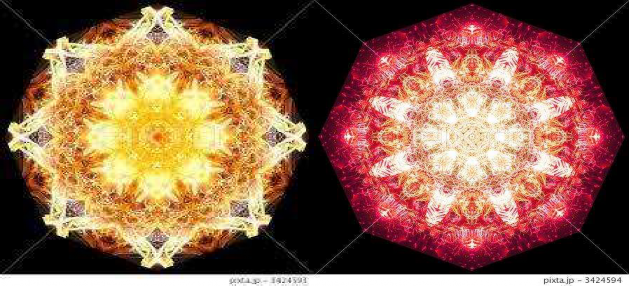
5. NOCRA(Woodcrafts)
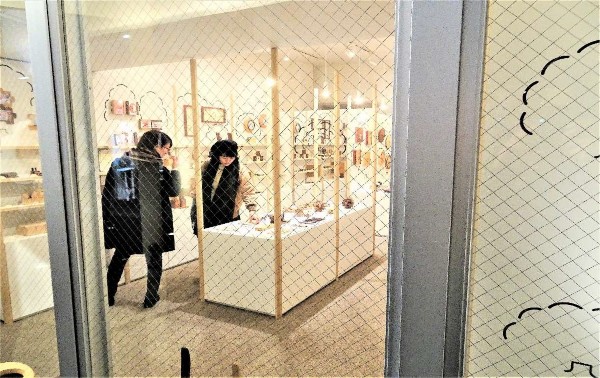
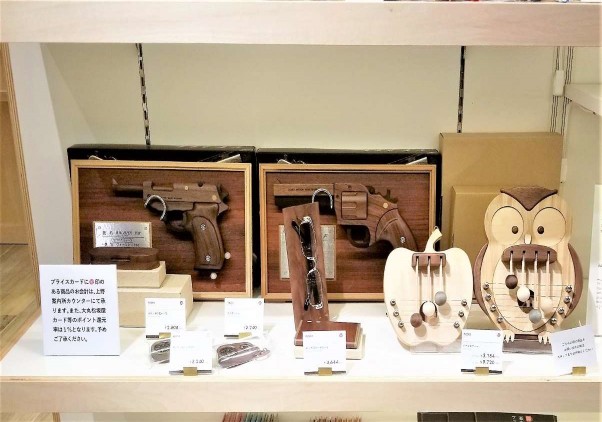
6. TABATA GLASS STUDIO
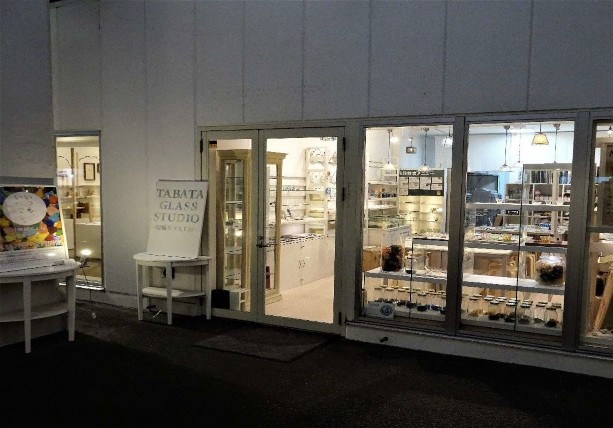
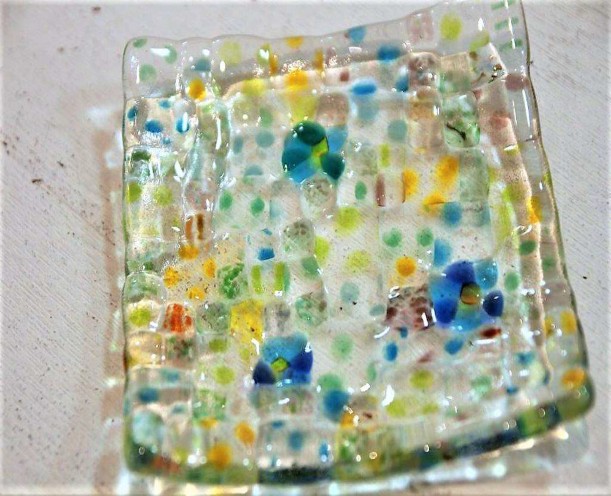
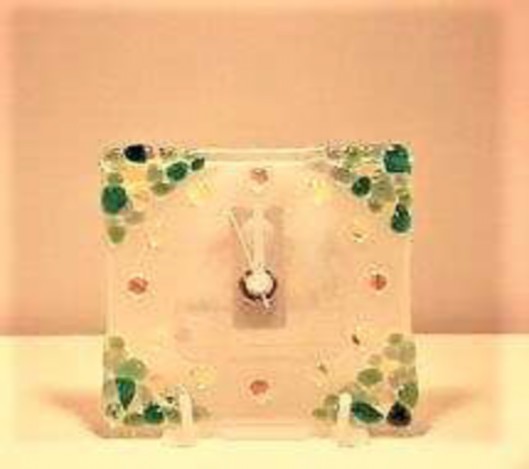
7.Glen Clyde Inc.(Socks)
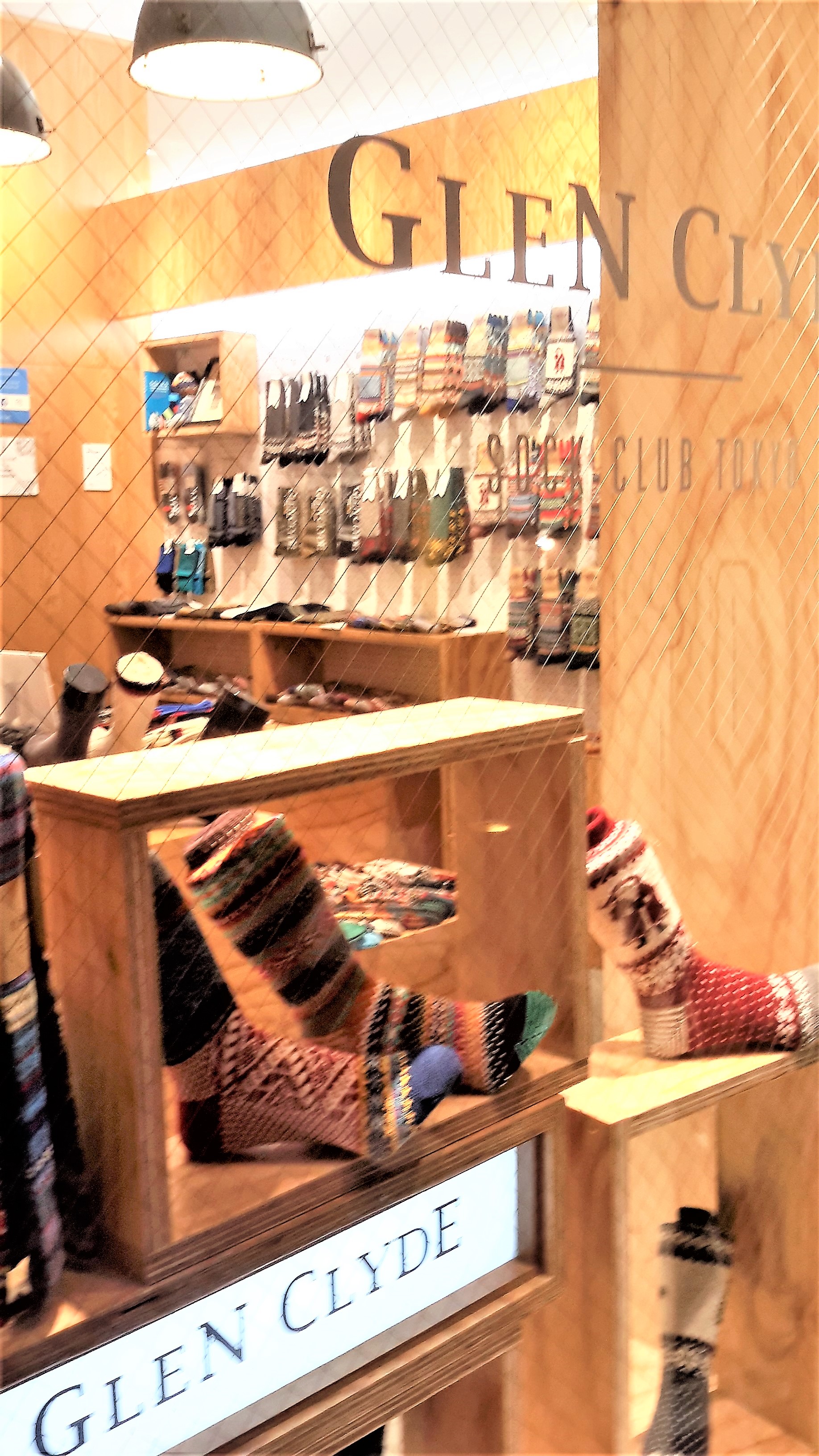
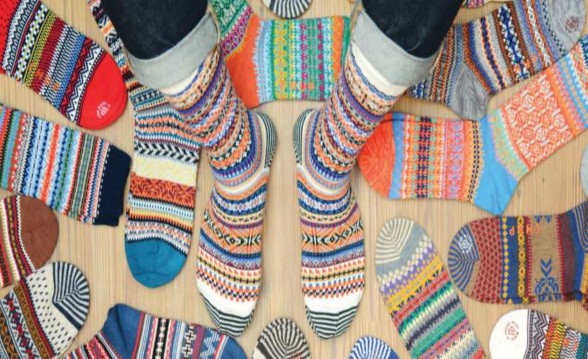
7. Tokyo Noble(Umbrellas and miscellaneous goods)
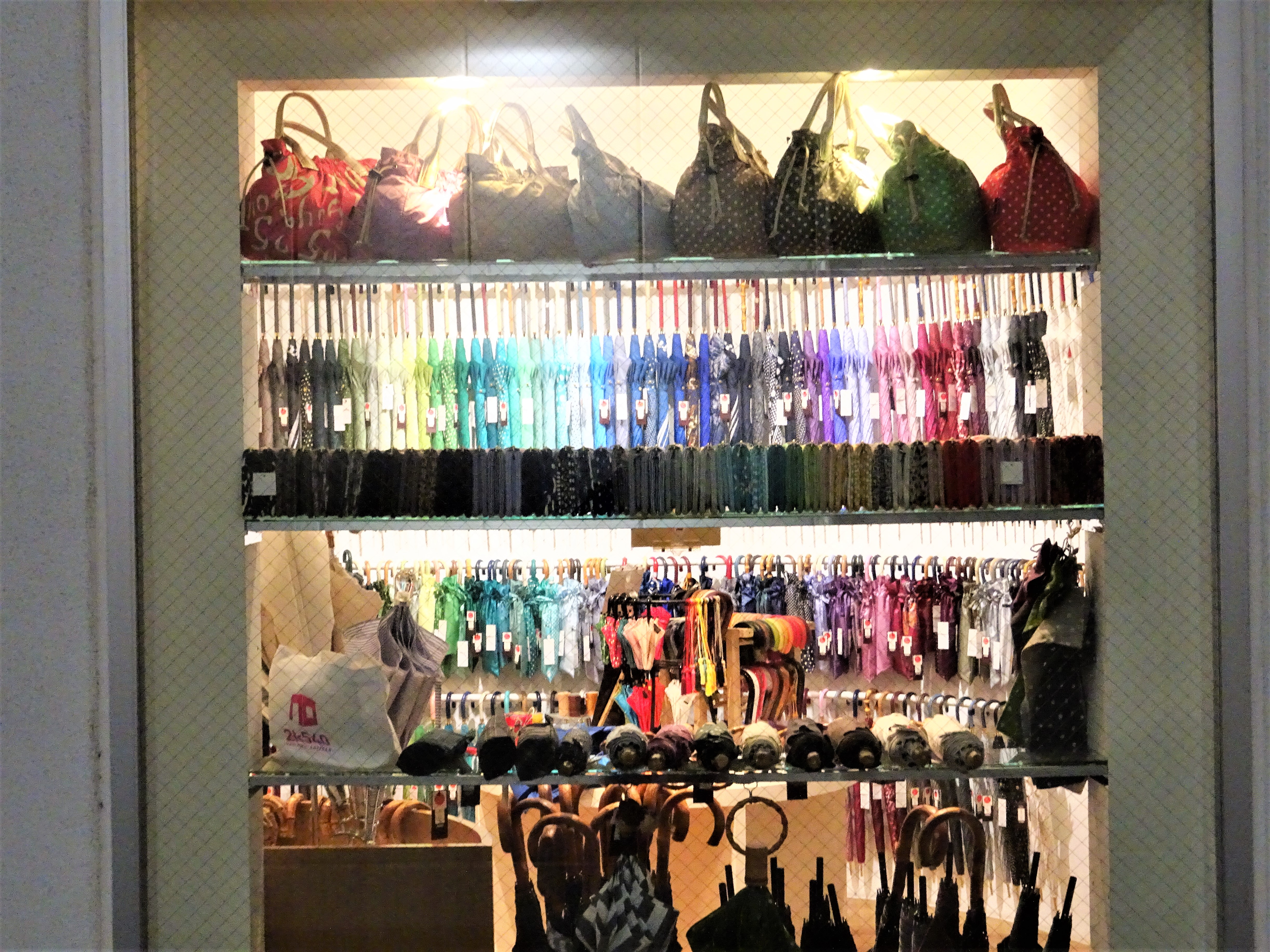
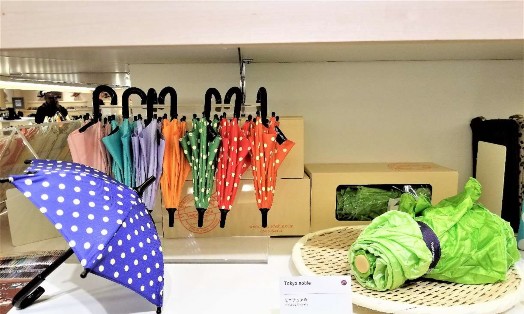
8. MASAAKI TAKAHASHI (COSTUME JEWELRY)
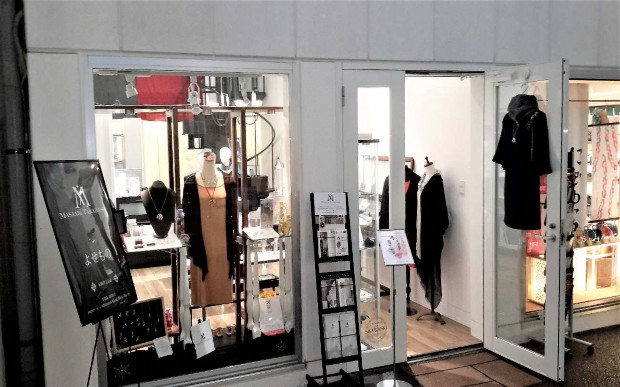
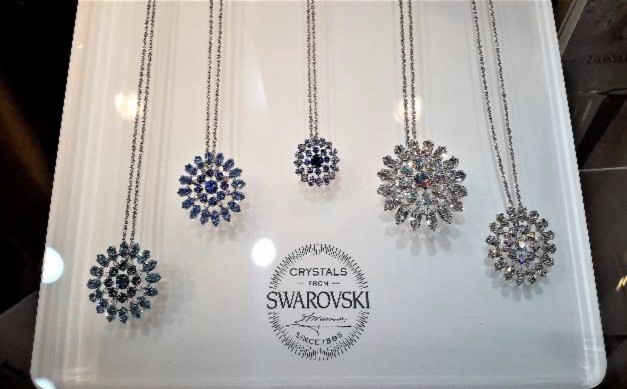
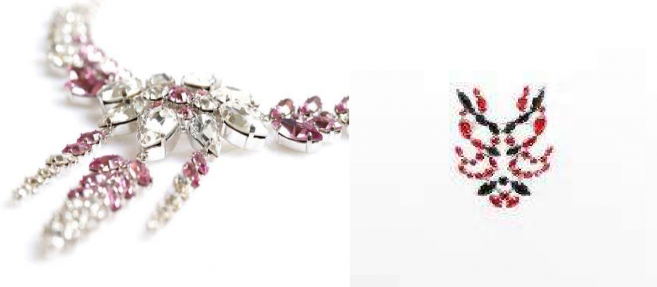
9. Dyeing Factory Nijiyura()Hand towels, sundries and cotton goods
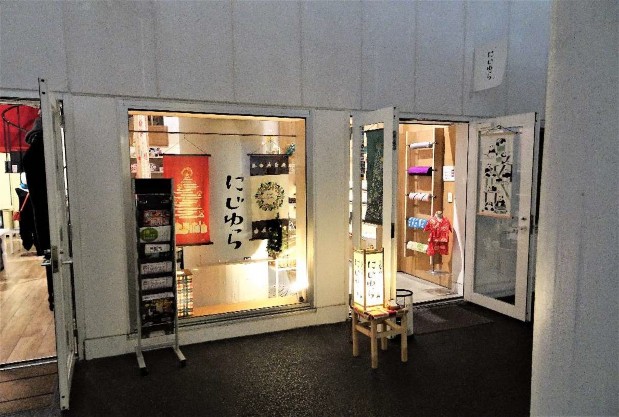
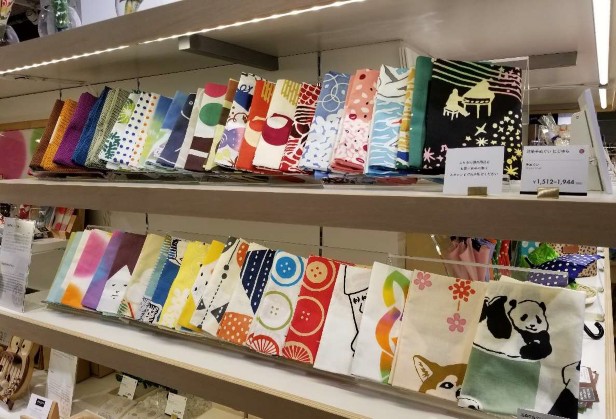
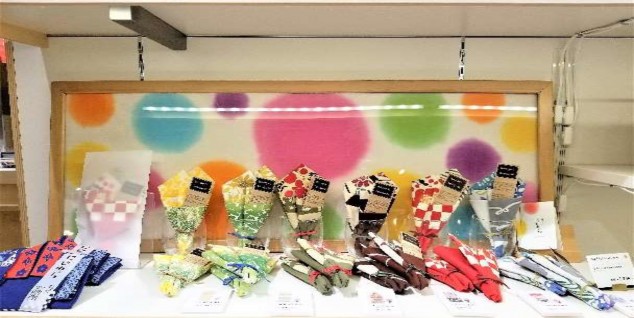
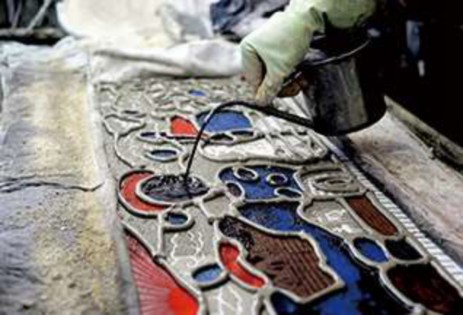
the fabric is turn over after taking off the pattern and the next folded span comes front and again the pattern is replaced on the second span of fabric. And then the glue is applied through the pattern onto the fabric. The same operation is repeated over the one roll of the fabric.After the completion of the process, dyeing operation starts.Areas to be dyed on the fabric are surrounded by embankments of glue and others are left as undyed areas. Color stuff is poured by hand into the areas to be dyed on the top surface of folded fabric with the multi-layers.The glue penetrates through the layers of fabric. And a suction air pump facilitates the penetration of dyeing stuff through the bottom layer.This dyeing technique enable perfect dyeing with regard to the multi-layered fabric by one operation. It also ensures even finish of dyeing on front and back sides of a fabric so that the color of pattern can keep the original brightness with less-fade-out for a long time.
And the technique of “Chu-Sen” uniquely present a tasteful bleed and gradation of color on the fabric.
10. TOUMEI(Plastic goods)
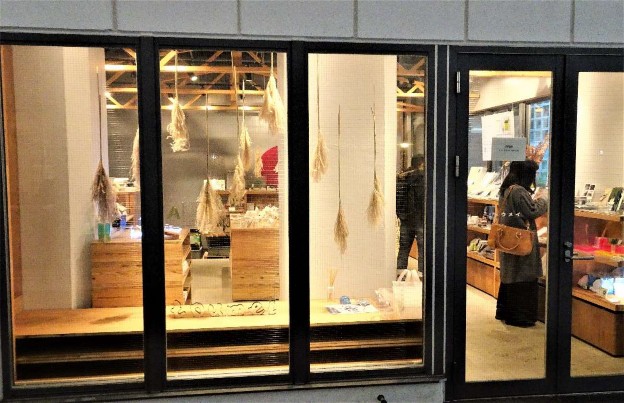
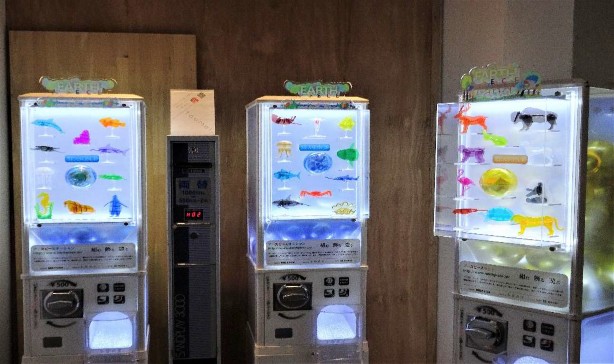
Acrylic plastic has its unique properties with excellent optical clarity, weatherability, impact resistance and etc. Its application has been diversified in various industries. It is utilized for optical lenses, canopy window of jetfighter and fish tank & tunnel in aquariums.It is expected that young designers and craftsmen will be able to launch their new brand into the market at the earliest time.
It is worth visiting “2k540-AKI-OKA ARTISAN” shopping arcade for foreign visitors to find out something new and interest during their stay in Tokyo.

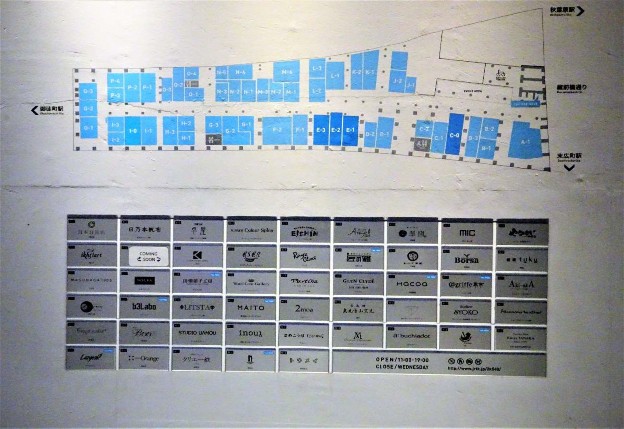
5-9-23 Ueno, Taitoh-Ward, Tokyo
Tel.:
03-6806-0254
FAX:
03-6806-0250
Operation Hour
11:00 to 19:00
Holiday:
Wednesday
